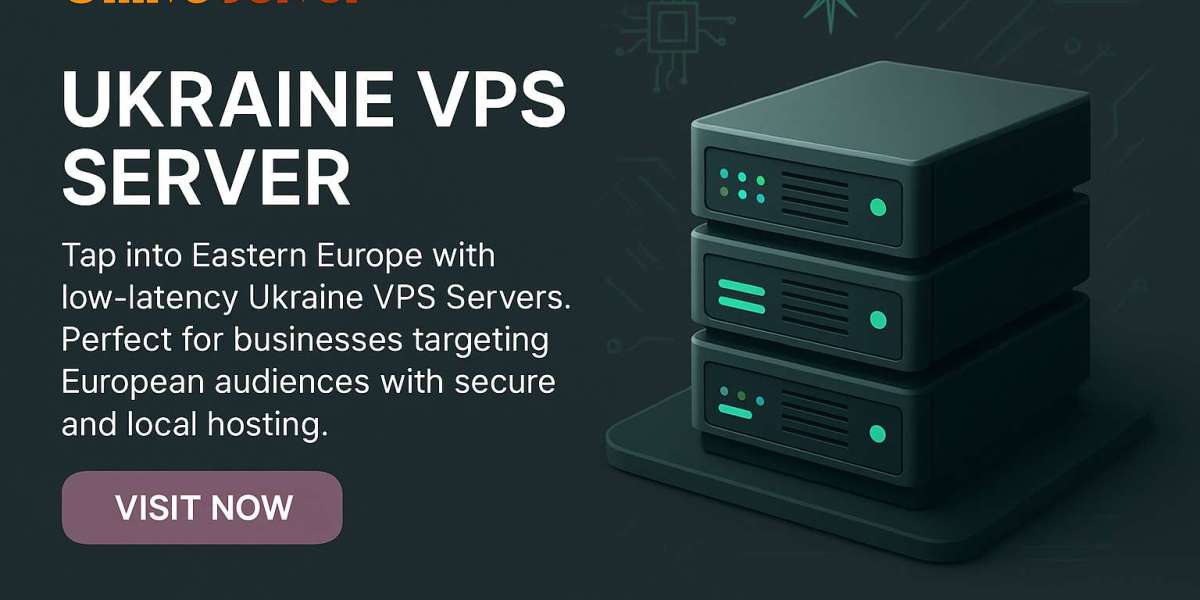Automated Cell Sorters Speed Up Biotech Research with AI-Driven Precision
The field of biotechnology is undergoing a rapid transformation, fueled by advancements in automation and artificial intelligence (AI). Among these breakthroughs, automated cell sorting systems stand out as pivotal tools that are reshaping how researchers analyze and manipulate cells. Combining high-throughput capabilities with AI-driven precision, these systems are accelerating research timelines, enhancing accuracy, and expanding the horizons of biomedical science.
The Evolution of Cell Sorting
Cell sorting is a fundamental technique used to separate and analyze distinct cell populations based on their physical and biochemical characteristics. Traditionally, manual or semi-automated methods such as Fluorescence-Activated Cell Sorting (FACS) and Magnetic-Activated Cell Sorting (MACS) were widely used. While effective, these methods often require considerable operator skill, are time-consuming, and can suffer from variability and limitations in throughput.
The integration of automation has transformed this landscape. Automated cell sorters use robotics, advanced optics, and sophisticated fluidics to process samples faster and with greater reproducibility. Now, AI is pushing this technology further by enabling real-time data analysis and decision-making, resulting in unprecedented precision and efficiency.
How AI Enhances Automated Cell Sorting
AI technologies, particularly machine learning and computer vision, are revolutionizing how cell sorting systems interpret complex biological data. Here are some ways AI enhances automated cell sorting:
1. Improved Cell Identification and Classification
AI algorithms can analyze vast datasets of cell images or sensor data to identify subtle differences in cell morphology, marker expression, or behavior that may be imperceptible to human operators. Machine learning models trained on labeled datasets can classify heterogeneous cell populations with high accuracy, even detecting rare cell types or states.
2. Real-Time Adaptive Sorting
AI enables real-time decision-making during sorting runs. Instead of relying on pre-set parameters, AI-driven sorters continuously learn from ongoing data to adjust sorting criteria dynamically. This adaptive capability reduces errors and contamination, optimizing purity and yield.
3. Enhanced Data Analysis and Reporting
Automated cell sorters generate massive amounts of data during sorting processes. AI tools help synthesize this data, identifying trends, anomalies, and key insights faster than traditional manual methods. These insights can guide subsequent experiments or clinical decisions.
Benefits to Biotech Research
The integration of AI-driven automated cell sorting offers multiple benefits to biotech research labs and industry:
Speed and Throughput
Automated systems can process thousands of cells per second, dramatically accelerating experiments that previously took hours or days. Faster sorting means researchers can conduct larger-scale studies and iterate hypotheses more quickly.
Precision and Reproducibility
By reducing operator dependence and implementing AI’s precise decision-making, cell sorting becomes more consistent. This reproducibility is crucial for validating experimental results and scaling therapeutic production.
Discovery of Rare and Novel Cell Types
AI’s sensitive classification capabilities enable detection and isolation of rare or previously uncharacterized cells, which may hold the key to breakthroughs in immunology, cancer research, regenerative medicine, and more.
Cost Efficiency
While initial investments in automated AI-powered sorters can be significant, the reduction in labor, time, and consumables leads to long-term cost savings. Moreover, improved sample purity reduces downstream costs associated with failed or contaminated experiments.
Key Applications
Automated AI-enhanced cell sorting is impacting numerous areas within biotech:
Immunotherapy Development: Sorting specific immune cells such as T cells or CAR-T cells with high purity and viability enhances therapeutic effectiveness.
Stem Cell Research: Precisely isolating stem cells and their differentiated progeny accelerates regenerative medicine studies.
Cancer Research: Identifying circulating tumor cells (CTCs) from blood samples aids early diagnosis and personalized treatment strategies.
Microbial Studies: Sorting microbial populations facilitates studies of complex microbiomes and antibiotic resistance.
Challenges and Future Directions
Despite the promise, there are challenges to address. High upfront costs, integration complexity, and the need for large, high-quality training datasets for AI models can limit adoption. Data privacy and standardization of AI algorithms also require attention.
Looking ahead, continued advances in AI, robotics, and sensor technology will further refine automated cell sorting. Integration with multi-omics data and lab automation systems promises a fully connected and intelligent research environment. As these technologies mature, AI-driven cell sorting will become a standard tool in biotechnology labs worldwide.
FAQs: Automated Cell Sorters and AI in Biotech Research
1. What is an automated cell sorter?
An automated cell sorter is a device that separates and classifies cells from a mixed sample using robotics, optics, and fluidics without requiring extensive manual intervention. It automates the process of identifying and sorting cells based on specific characteristics.
2. How does AI improve the accuracy of cell sorting?
AI enhances accuracy by analyzing complex patterns in cell data that are difficult for humans to discern. Machine learning algorithms can classify cell types more precisely, adjust sorting parameters in real time, and reduce errors and contamination.
3. What are the main advantages of using automated cell sorters in research?
Automated cell sorters offer faster processing speeds, higher throughput, improved reproducibility, ability to detect rare cell populations, and overall cost savings by reducing labor and experimental failures.
4. Which fields benefit most from AI-driven automated cell sorting?
Fields such as immunotherapy, stem cell research, cancer diagnostics, and microbiology benefit greatly from these technologies, as precise and rapid cell sorting is critical for advancing these areas.
5. Are there any limitations or challenges to adopting AI-powered cell sorters?
Yes, challenges include the initial cost of equipment, the need for large training datasets for AI, complexity of integration into existing workflows, and concerns around data privacy and algorithm standardization.



